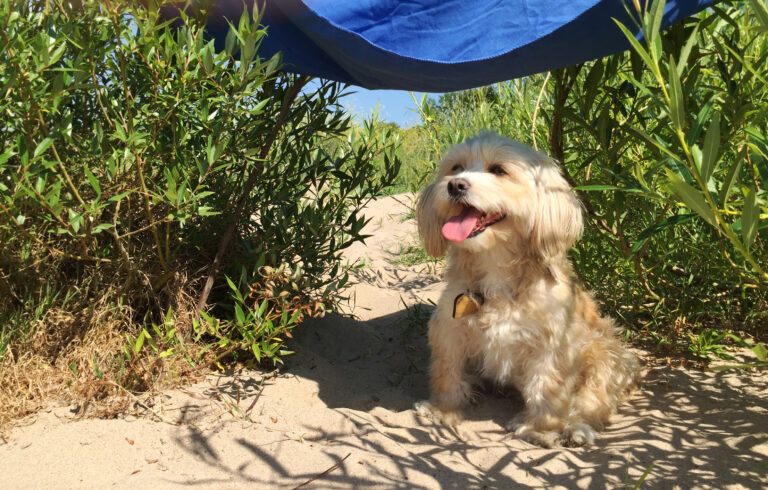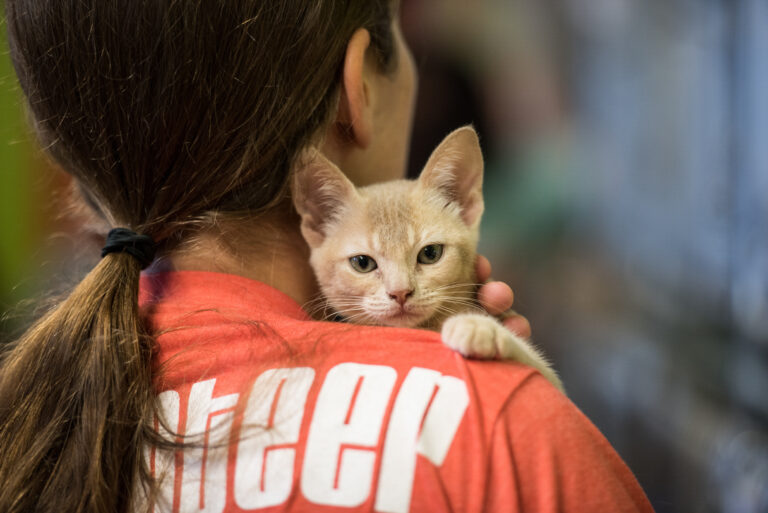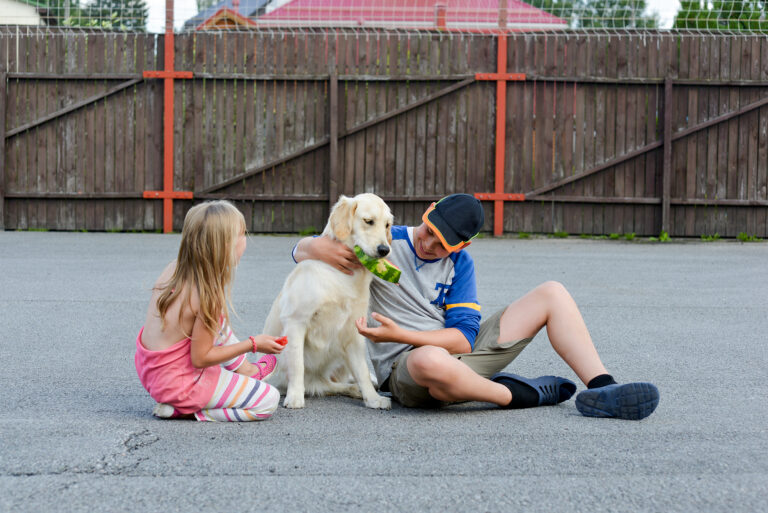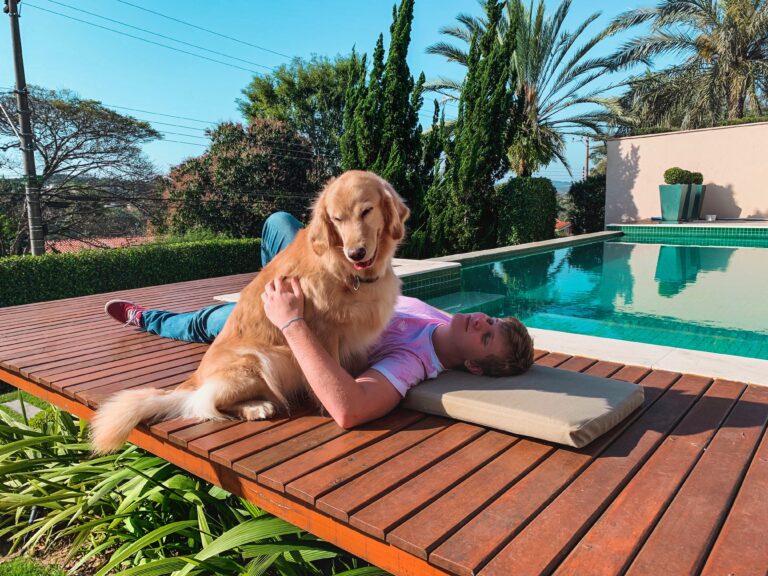Bringing home a shy or fearful rescue dog is a heartwarming act of compassion—but what happens when your pup freezes at the door, panics on walks, or trembles at the sight of new environments? The world outside can feel big, loud, and unpredictable to a dog who’s never known safety outdoors. But with patience, consistency, and the right approach, you can help your shy rescue dog gain the confidence they need to step outside and thrive.
Here’s how to gently and effectively help your dog build confidence outdoors, one paw at a time.
Table of Contents
Understand Where the Fear Comes From
Shy rescue dogs often come from backgrounds where socialization was limited—or traumatic. They may have lived in hoarding situations, backyard kennels, or simply been neglected. As a result, new sights, sounds, smells, and even open spaces can trigger fear responses like freezing, pulling back, shaking, or barking.
Remember, your dog isn’t being stubborn—they’re overwhelmed. Your role isn’t to push them, but to guide them with patience and earn their trust through small wins.
Start in a Safe, Controlled Space
Before hitting the sidewalk or trail, begin where your dog feels safest. That might be your backyard, a quiet corner of the porch, or even just near an open door.
- Let them explore at their own pace. Don’t drag them outside. Sit near the threshold and reward them with treats, praise, or gentle encouragement when they step closer.
- Use a secure harness and leash so you can manage safety without applying pressure that could increase fear.
- Offer high-value treats (like bits of chicken or cheese) to associate the space with positive experiences.
At first, the goal isn’t distance—it’s comfort. Once your dog can calmly sniff and observe their surroundings without panicking, you’re ready to go a little farther.
Establish a Calm Outdoor Routine
Routine builds trust. Aim to take your dog outside around the same times each day, in low-stress environments.
- Start with short sessions, even just five minutes.
- Choose quiet times of day—early morning or late evening often work best.
- Stick to familiar routes to build a sense of territory and predictability.
- Walk slowly. Let your dog lead the pace, even if that means stopping to sniff a single spot for several minutes.
Your dog doesn’t need to explore the whole world at once. They need to know their world is safe.
Use Body Language and Voice to Reassure
Your dog looks to you for clues about what’s safe and what’s not. Stay calm and relaxed when outdoors—even if your dog reacts to a passing car, loud noise, or stranger.
- Speak in a soft, upbeat tone. Avoid baby talk, but keep your voice reassuring.
- Use body blocking to position yourself between your dog and potential stressors (like other dogs or loud vehicles).
- Resist the urge to coddle or over-soothe, which can reinforce fear. Instead, act as if everything is routine and manageable.
Confidence is contagious. The more normal you act, the more your dog learns the world is not out to get them.
Reward Curiosity, Not Just Bravery
Every positive step forward—sniffing a new bush, walking past a mailbox, pausing instead of pulling—is an opportunity to build confidence.
- Keep treats easily accessible and reward small progress.
- Use a marker word like “yes” to associate achievements with praise and reward.
- Don’t force interaction with people or other dogs. Let your dog initiate contact when ready.
Progress might come in inches, not miles. That’s okay. Celebrate every sniff and step.
Consider Enrichment and Exposure Tools
To supplement outdoor confidence building, try:
- Desensitization games indoors with new objects and textures
- Scent trails or food puzzles outside to encourage exploration
- Clicker training to reinforce positive behaviors and create a structured activity your dog can succeed at
In some cases, working with a positive reinforcement-based trainer or behaviorist can offer additional guidance tailored to your dog’s specific fears.
Conclusion: Confidence Takes Time—and Trust
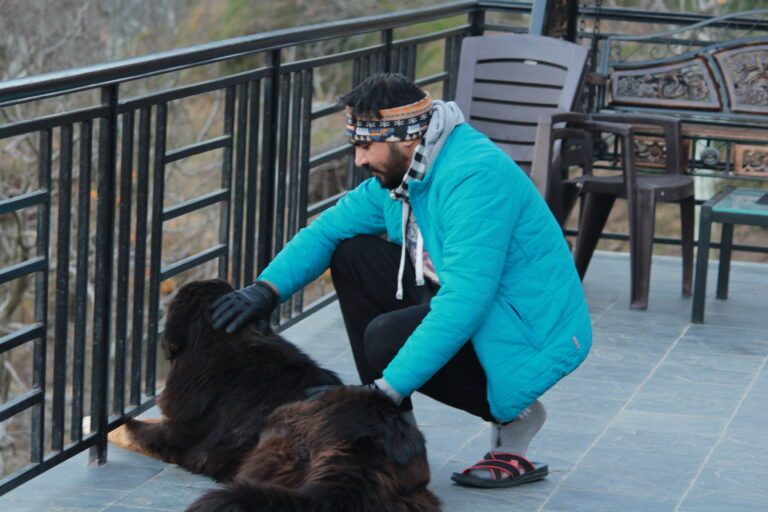
Helping a shy rescue dog build confidence outdoors is a slow process—but an incredibly rewarding one. You’re not just teaching your dog to walk down the street. You’re showing them the world isn’t scary, and that you’re a safe place no matter where they go.
Go at their pace, celebrate progress, and never underestimate the power of consistency and love. One day, that trembling dog who hid behind the door might just surprise you—with a wagging tail and a confident stride out into the sun.


